Overview
Trekking in the shadows of the ninth highest peak in the world is like a dream come true when the name Dhaulagiri comes to mind. A strenuous trek that takes you through the untouched beauty of valleys carved out by the flow of the Myagdi Khola (river) flowing southwards from the heart of Dhaulagiri. The trek, in the area of Dhaulagiri, is constantly evolving in landscape and the countless picturesque villages are there to take your breath away as your trek absorbs you further in. Exploring the mysteries of concealed valleys, taking in the fragrance of the mountain ranges, sampling the local cultures of the Gurungs, Chhetris, and Magars, tasting “the hardly got in the market apples” of Marpha orchard, and being wonder-struck by the beauty of unspoiled nature makes the hike worth every cent spent.
The white snow capped serenity of Annapurna and the Nilgiri mountains are there to accompany you along the way. The trails wind through terraced fields and along fast flowing rivers and streams, where the sight of the constant infringement of your attention towards the flora and fauna makes the trek tolerable and memorable, leaving you with the desire to return.
Itinerary
You will be met at Tribhuwan International Airport by a representative of Green Lotus Trekking holding a welcome placard and token for your overnight stay at a hotel in Kathmandu and to freshen up. Prior to dinner a briefing will be held. You could spend the rest of the day resting or wandering around the city of Kathmandu sightseeing.
We get to the starting point of our trek with a six-hour bus drive via the lake city of Nepal and then onto Baglung, where we stop over night at a lodge for our trek the following morning.
Our trek starts along the banks of the Kali Gandaki towards the Myagdi Khola (stream). On crossing a suspension bridge, we pass the villages of Mangalghat, Singa, Tatopani, and then reach Babichaur.
Today’s hike takes us across the terraced hills and villages of Shahashadhara, Dudh Khola, and Ratorunga to reach Dharapani. We camp for the night here.
Today’s hike is a continuous climb to Muri. On the way, Dhaulagiri and other mountain peaks become visible.
Initially, the trek is easy for a few hours going downhill. On reaching Boghara, the hike begins ascending with a few short descents.
We continue with today’s trek towards Dhoban, which needs us to have the support of ropes at some junctions. At times we will be hiking through forests, at others over ridges, and finally along a rocky path to our day’s destination.
Today’s trek takes us to what is known as the Italian Base Camp, but not before passing through a luring forest, after which we begin to gain height with a periodic burst of mountain peaks. It is critical to hydrate at these times.
It is critical that we acclimatize to the altitude we are at and not fall prey to High Altitude Sickness, so we rest for the day, but not while taking in the beauty of the scintillating north face of Dhaulagiri.
Today is the most challenging part of the hike. We first get to Dhaulagiri Base Camp, where aspiring mountaineers stay for months making practice attempts to scale the peak and then follow its glacial part towards a hidden valley. Once over the steep moraines, we stop off at French Coll to camp for the day.
Today’s trek is short and sweet so as to not exhaust ourselves in the high terrain we are in. On arrival at Hidden Valley Camp, we rest for the day, taking in the breath-taking surroundings and the peaks. We set up camp for the night.
Today’s trek takes us via Dhampus Pass (5200m). It is an ascending climb till then, after which we traverse an avalanche prone slope, and then it is a steep descent all the way to the day’s destination, where we camp for the night.
A steep descent to Marpha follows, after which we need to tackle cairns over a snowy path. A couple of hours later, we pass the top of Thapa Pass and then we finally hit Jomsom. Stay at the lodge.
After having breakfast, we check into the airport for our thirty-minute dramatic flight to Pokhara over some of the most captivating mountain terrain in the world. In Pokhara, we get to rest and visit the different places the lakeside city has to offer. Stay at the lodge.
After breakfast, we take a two-hour bus ride to Kathmandu through the mid-range of the Himalayas, with a display of forest and a fast-bending, rapid-filled river to Kathmandu, after which we check into a hotel to refresh up for sightseeing in the capital city.
The trip concludes – our airport representative will drop you to Kathmandu’s Tribhuwan International Airport for your flight departure from Nepal.
US $2250 Per Person
Cost Includes
- Airport transfers
- Local English speaking guide, porter(s)
- Full camping support (meals, equipment)
- Sleeping bag & down jacket
- Kathmandu hotel on bed and breakfast basis
- Jomsom-Pokhara-Kathmandu airfare ($143)
- All trekking related fees
Cost Excludes
- International Airfare
- Insurance
- Nepal visa ($30)
- Departure tax ($28)
You can find good places to trek somewhere in the Himalayas at anytime of the year. However, for most regions, the best time is from October to May, with October to November having the best weather for trekking. During the autumn, nights are cold in the high Himalaya, but the bright sun makes for a pleasant daytime temperature (20 degrees centigrade to 5 degrees centigrade in the night). Above 3500m, the temperature range goes down to -10 degrees centigrade, and in winter (Dec-Jan), it is about 10 degrees colder.
While you do not need to be super-fit, you need to be fit enough to comfortably walk for 5–6 hours per day in the mountains on reasonable trails. Most of our customers have an interest in walking in the hills or countryside of their homeland and are used to similar daily trips.
We pride ourselves on our small group approach to adventure travel. Small groups allow you to share great company without crowding your experience. Our typical groups range in size from 2 up to 8. One of the attractions of such a trip is the chance to meet people with different backgrounds and personalities.
If this is the case, we can organize a personalized trek for you. Additionally, if you want to spend more time in Kathmandu before or after a trek, we can organize the hotels and quote you a price.
If you are a group of two or more, the trip is guaranteed to run.
Usually, our clients simply bring their existing clothing and equipment and, if necessary, supplement this with some extra items purchased cheaply in Kathmandu.
What gear to bring?
- Passport (with photocopies)
- Photos for Nepal visa on arrival:
- Travel insurance (with photocopies)
- flight tickets (photocopies)
- Daypack for daily personal items
For Trekking:
- Walking boots
- Light sandals or plimsolls to wear in the lodges
- 2 pairs of underwear.
- 2 pairs of walking socks.
- 2 thick fleece or warm shirts
- 1 pair thin thermal underwear
- Long trousers for walking (or a long skirt for women)
- T-shirt
- Shorts
- Gloves (it’s cold on the Thorung La, Laurebina Pass and Cho La)
- A warm hat which covers your ears (for the Kali Gandaki and Thorung La – it’s windy)
- Base ball caps or broad brim hats to keep the sun off (Australian Barmah recommended)
- Sunglasses (vital)
- Sun cream
- Soap dish and soap
- small towel
- Toothbrush and toothpaste.
- Wet wipes or moist towelettes
- Hand sanitizing lotion
- Head torch
- Moisturizer, Lip balm
- Tampons are hard to buy in rural areas.
- Ear plugs for light sleepers
- Toiletries
- Sheet of plastic (use as a poncho if it rains)
- 1 toilet paper roll. You can buy more on the way.
- 2 large plastic bags. One for smelly clothes, one for things that must be kept dry.
- A small, good quality padlock
- Water bottle
- Iodine tablets for water purification
- Protein bars, chocolate, dried fruits, candies, and snack foods.
Notes: All of the trekking items are available in Kathmandu at nominal prices. However, we suggest you bring hiking boots from your home country if you decide to purchase these items in Kathmandu .
Yes, all hotels provide storage facilities for free.
Personal travel insurance is not included in the tour price. It is a condition of booking a tour with Green Lotus Trekking, and your responsibility to ensure the type of tour you are undertaking; the policy must include satisfactory cover for repatriation, high altitudes, trekking and climbing, and helicopter rescue. Please forward your insurance details (e.g. policy number, 24-hour emergency telephone number, and name of insurance company) to Green Lotus Trekking when available.
Yes. You can apply in your home country through the Nepalese Embassy or Consulate or obtain it at the airport on arrival by paying a fee as below:
- Multiple entries for 15 days: $25 USD
- Multiple entries for 30 days: $40 USD
- Multiple entries within 90 days: US $100
Notes: We suggest you bring the exact change. You also need to bring two passport-size photos.
Tourist Visa Extension
The visa extension fee for 15 days or less is US $ 30 or equivalent convertible currency, and the visa extension fee for more than 15 days is US$ 2 per day.
A tourist visa can be extended for a maximum period of 150 days in a single visa year (January – December).
Gratis (Free) Visa
A gratis visa for 30 days is available only for tourists from SAARC countries.
Indian nationals do not require a visa to enter Nepal.
Normally, single trekkers have no problems fitting in with a group. Normally single trekkers share rooms or lodges with other trekkers of the same sex, but if we have an odd-number we ensure that a room or lodge is organised accordingly.
To confirm your booking, we will require a deposit of $250 for treks and $300 for peak climbing, which can be made by bank transfer or online through paypal.com (the leading transaction site). The balance is payable on arrival in Kathmandu with cash or traveler’s cheque. Alternatively, the balance can be paid by bank transfer or PayPal shortly before arriving in Kathmandu.
The following details are needed to process your trekking permit, national park permit, flight booking etc.
- Gender:
- First Name:
- Last Name:
- Passport number:
- Expiry date:
- Issue location:
- Nationality:
- Year of birth:
- Occupation:
- Your arrival details (time, date, flight number, airline):
All the above info can be sent electronically via email.
You will typically walk 4–9 miles (5-8 hours) each day. Some days may be rest days for impromptu exploration. In high and steep areas, you may move more slowly. Most people begin to feel the effects of high altitude over about 2000 meters, and your trekking pace is always adjusted to permit safe acclimatization. Our treks follow established trails used by local people. You will probably carry only a light daypack.
You can hike at your own pace, stopping when you wish. There is ample time to cover the necessary hiking distance each day with lots of stops. If you are on a private trek, you may wish to take more or fewer days to cover a given distance, or add in rest days. If you like to hike fast, your guide will be concerned that you acclimatize to high altitude effectively. You may wish to reach camp at a measured pace, but take a side hike after arriving at camp. Your guide is always interested in learning about your personal interests and accommodating those interests as the trip permits.
Altitude sickness, often known as acute mountain sickness (AMS), is a particularly important medical consideration while trekking in Nepal. Altitude sickness means the effect of altitude on those who ascend too rapidly to elevations above 3000 meters. The initial symptoms of AMS are as follows:
- nausea, vomiting
- Loss of appetite
- Insomnia or sleeplessness
- Persistent headaches
- Dizziness, light headaches, confusion,
- Disorientation, drunken gait
- Weakness, fatigue, lassitude, heavy legs, slight swelling of hands and face.
- Breathlessness and breathing irregularly
- Reduced urine output
These symptoms are to be taken very seriously. In the event of the appearance of any of the above symptoms, any further ascent should be reconsidered; otherwise more serious problems can occur, which can cause death, sometimes within a few hours. The only cure for altitude sickness is to descend to lower elevations immediately. Acclimatization by ascending to no more than 300 to 500 meters per day above 3000 meters and the proper amount of rest are the best methods for prevention of AMS.
Our itineraries are designed so that our clients ascend at a sensible and safe rate. The effects of altitude are felt by everyone, even the Sherpas, but most people find that gentle acclimatization allows them to reach their high point without any problems.
Accommodation: There are a number of lodges along the popular trekking routes in the Annapurna, Everest, and Langtang regions. These lodges are called “Tea House Lodges” and are managed by local people. Private rooms, dormitories, toilets, shower rooms with hot and cold water, and one attached restaurant are among the basic requirements for overnight accommodation at these lodges.The quality of food offered might vary from lodge to lodge, but most serve simple and hygienic meals. The teahouse trek provides you an opportunity to feel the warm hospitality of friendly Nepali hosts. The money you spend goes to the local community.
Camping Trekking
In a typical camping trip, each pair of trekkers will sleep in a spacious mountain tent with a durable rain fly and full insect netting. The tent is fitted with foam mattresses. When your campsite is near villages or lodges, you may be invited to sleep in the lodges or homes of local people.
Breakfast options include oatmeal,French toast,Chapatti, Tibetan bread, eggs, pancakes, muesli, and for lunch or dinner you can have sandwiches, soups, momo (dumplings), macaroni dishes, pizzas, noodles, steak, dal bhat (rice, lentils, veg platter), pasta, etc.
Our trekking guides are carefully selected for their ability and are generally from Sherpa, Tamang, Gurung, Magar, and other communities from remote mountain villages. Each guide is trained in eco-friendly trekking methods and safety measures. They help to maintain your health and your happiness as well as the crew members. Our guides are committed to making sure that all our trekkers have an enjoyable trek, come back safe and are overwhelmed by their experience. Your guide will be a friend and companion, who takes pleasure in showing you his country’s specialties and, perhaps, meeting his home and family too.
The majority of the fees our clients pay go directly into the community where you trek.
Tipping is at your discretion and always appreciated. A good rule of thumb is anywhere from $2–5 dollars per day for the guide and $1.5–3 dollars per day per porter. The total amount can then be divided among the group.
Please have them contact us at any of the following numbers:
+977-98510-32108 or 9841-250248 for cell phone.
977-1-400-50379 (landline) (office hours) 77-1-400-5037 or 444-5475.
We check email frequently throughout the day, so you could also write to our email: info@green-lotus-trekking.com if it’s not urgent.


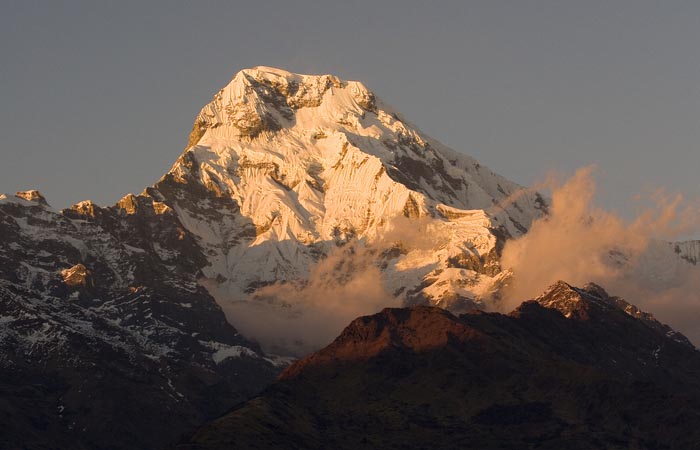
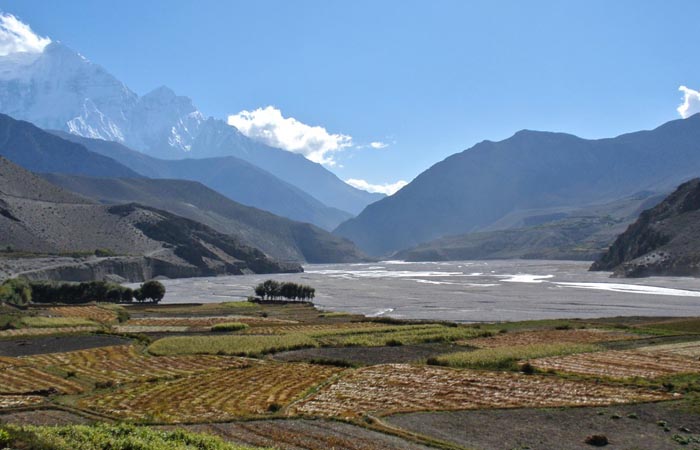
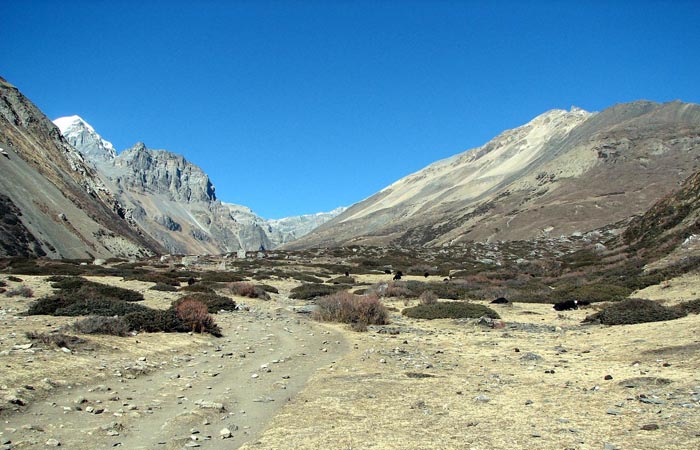
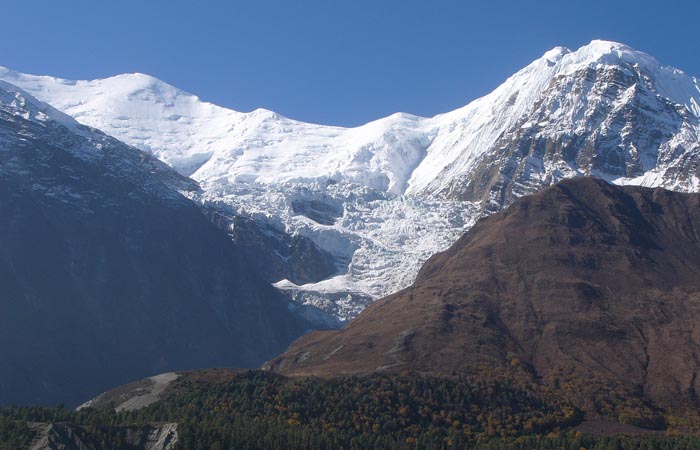
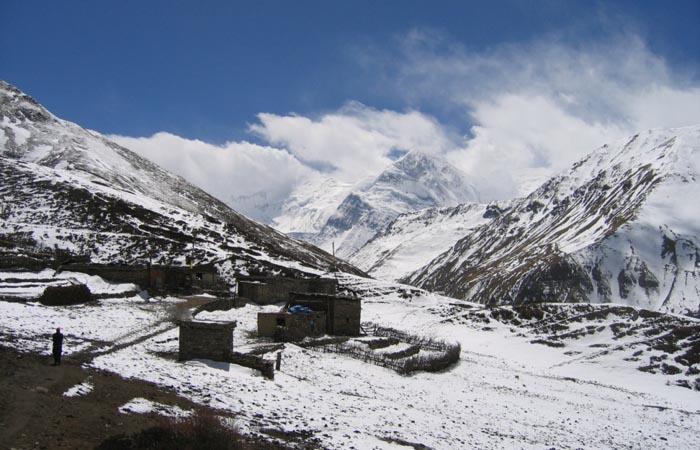
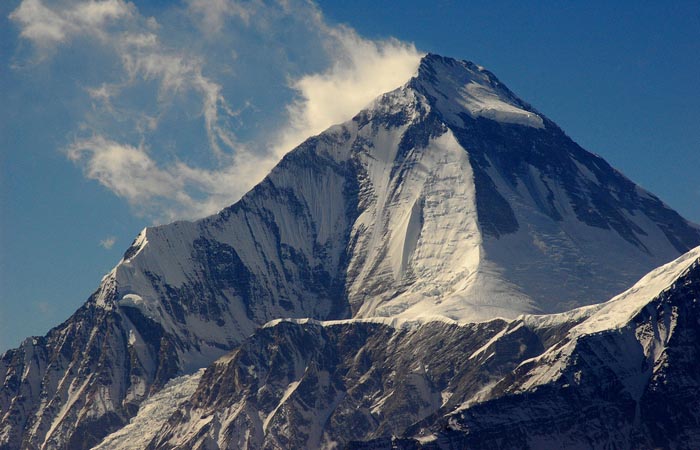
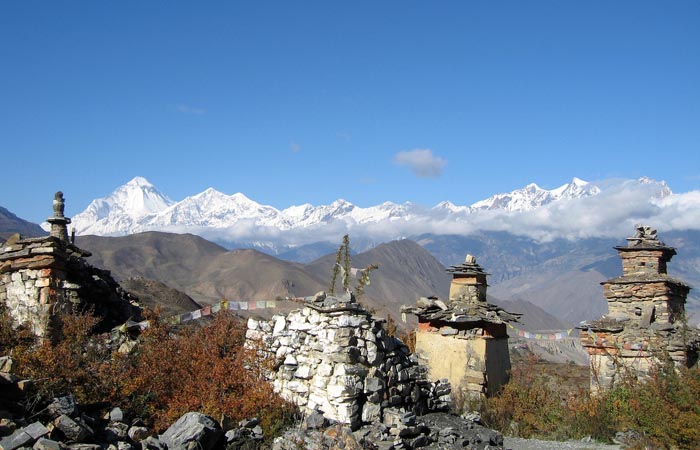
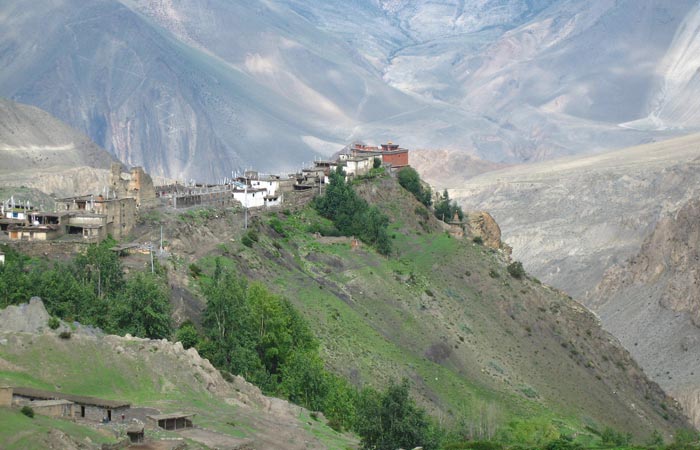
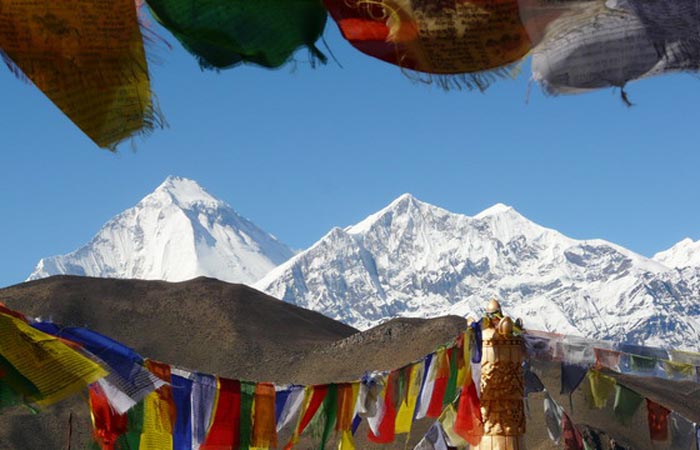

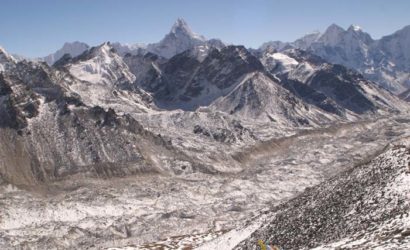
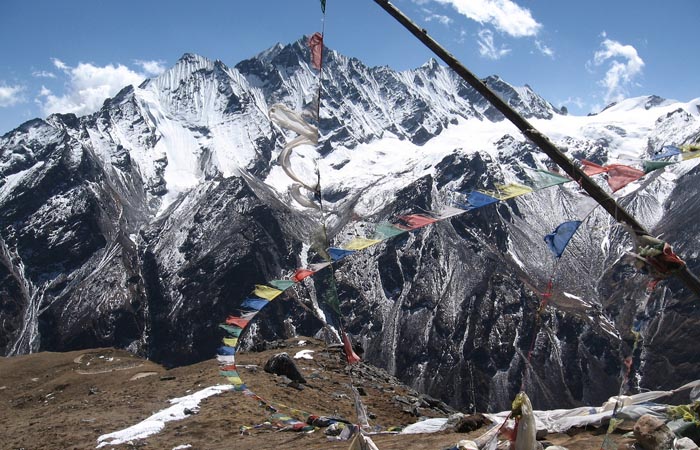
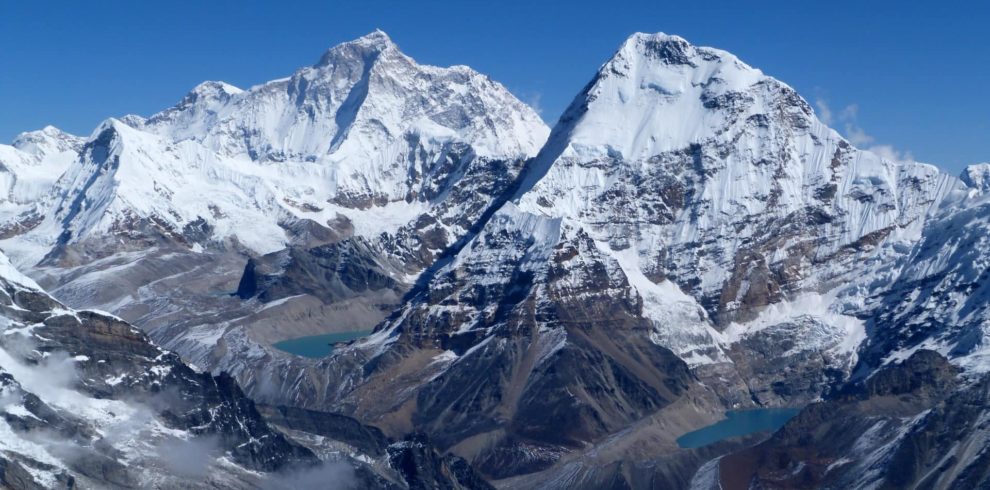
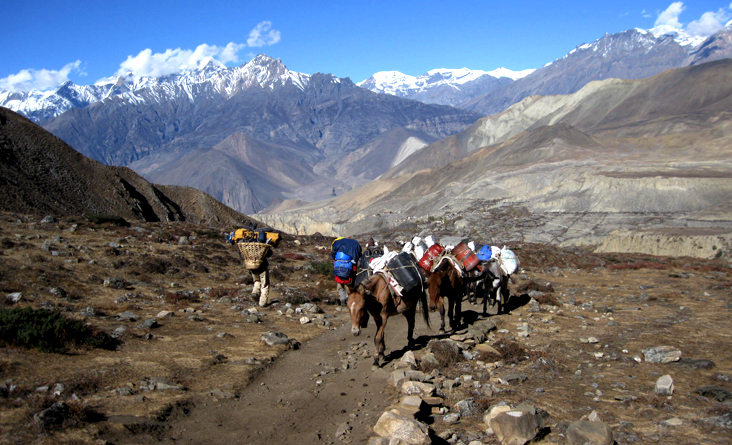
Recent Comments